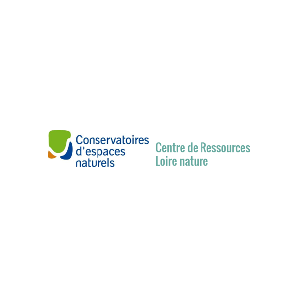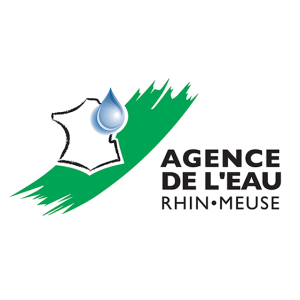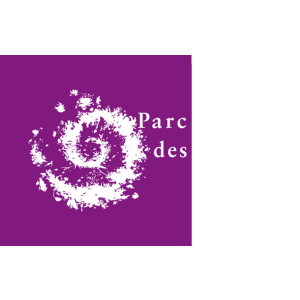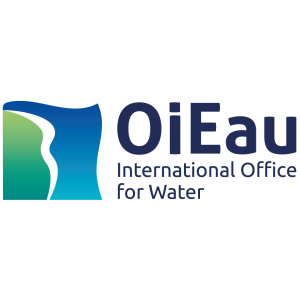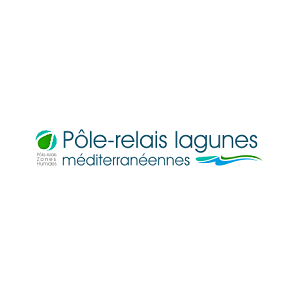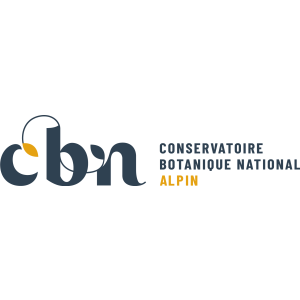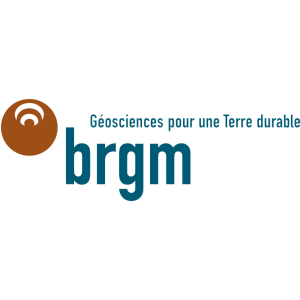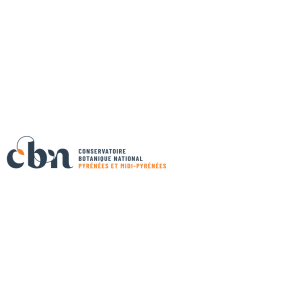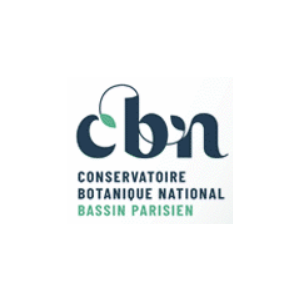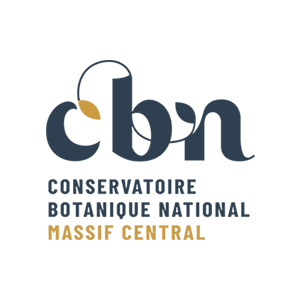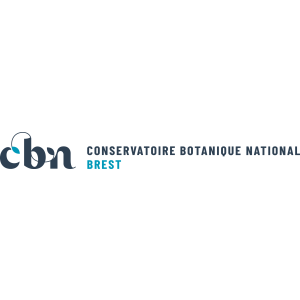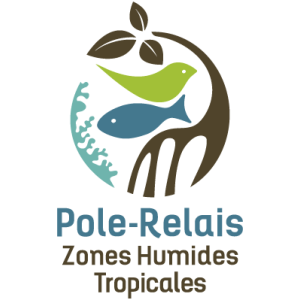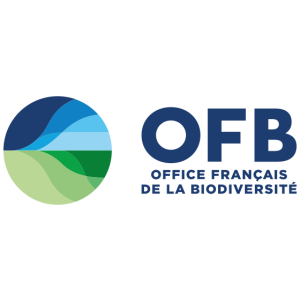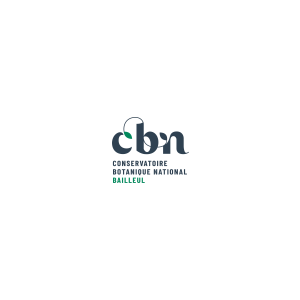
Document généré le 13/12/2025 depuis l'adresse: https://www.documentation.eauetbiodiversite.fr/fr/notice/physiological-and-biochemical-indicators-of-mussel-seed-quality-in-relation-to-temperatures
Titre alternatif
Producteur
Contributeur(s)
EDP Sciences
Identifiant documentaire
10-dkey/10.1051/alr/2011113
Identifiant OAI
oai:edpsciences.org:dkey/10.1051/alr/2011113
Auteur(s):
Réjean Tremblay,Thomas Landry,Neil Leblanc,Fabrice Pernet,Carla Barkhouse,Jean-Marie Sévigny
Mots clés
Wild seed
aquaculture
physiological fitness
growth
survival
multi-locus heterozygosity
spp.
Date de publication
01/07/2011
Date de création
Date de modification
Date d'acceptation du document
Date de dépôt légal
Langue
en
Thème
Type de ressource
Source
https://doi.org/10.1051/alr/2011113
Droits de réutilisation
Région
Département
Commune
Description
The bivalve’s aquaculture industry is an important component of the economy in Eastern Canada. Seed collection is an initial and critical activity in most bivalve aquaculture industries including mussel farming in Prince Edward Island, production is entirely dependent on natural spat collection. Although seed supply is not a concern from a quantitative standpoint, there are growing concerns about the quality of natural seed. The general objective of this study was to identify and assess mussel seed quality criteria on the basis of physiological and biochemical status under laboratory and field conditions. The performance, as estimated by metabolic measurements, lipid class composition, multi-locus heterozygosity (MLH) and survival to stressful environment of seed from 6 different stocks sources was first compared under laboratory conditions at 12 °C and 25 °C. Results showed that MLH varied among the six sources of mussels in a way which is consistent with the physiological and biochemical indicators of seed quality. Mussels from Shippagan (New Brunswick) and Tracadie (Prince Edward Island) were found to have the highest quality scores and the best adaptive capacity to extreme water temperature under laboratory conditions. The results of the stock-site reciprocal field studies are in general agreement with those of the laboratory experiments with higher survival of mussels from Shippagan, Tracadie and St. Peters Bays in the various study sites. Our results suggest that the measure of MLH and survival curves at stressful temperature could be a good criteria combination to identify the improved survival potential of mussels stocks.
Accès aux documents
0
Consultations
0
Téléchargements
